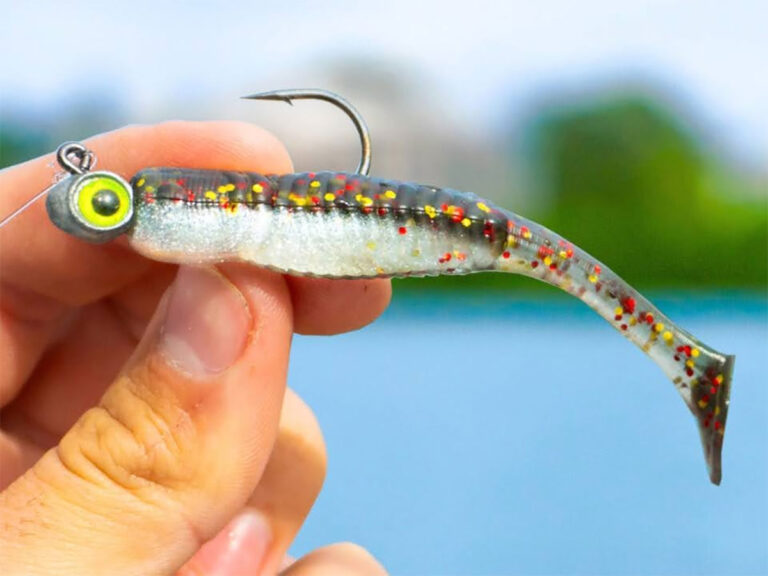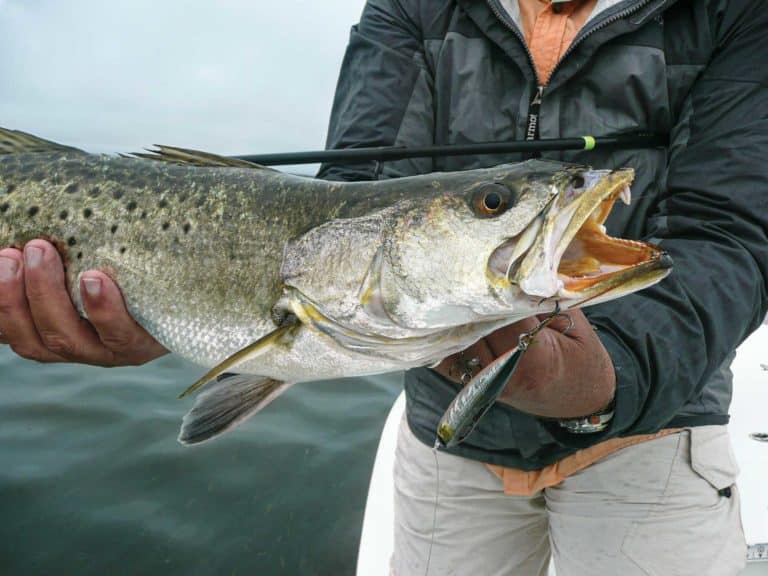If you’re looking for a boating accessory that offers a great advantage for fishing as well as a vital piece of safety gear, look no further than the drift sock, or sea anchor.
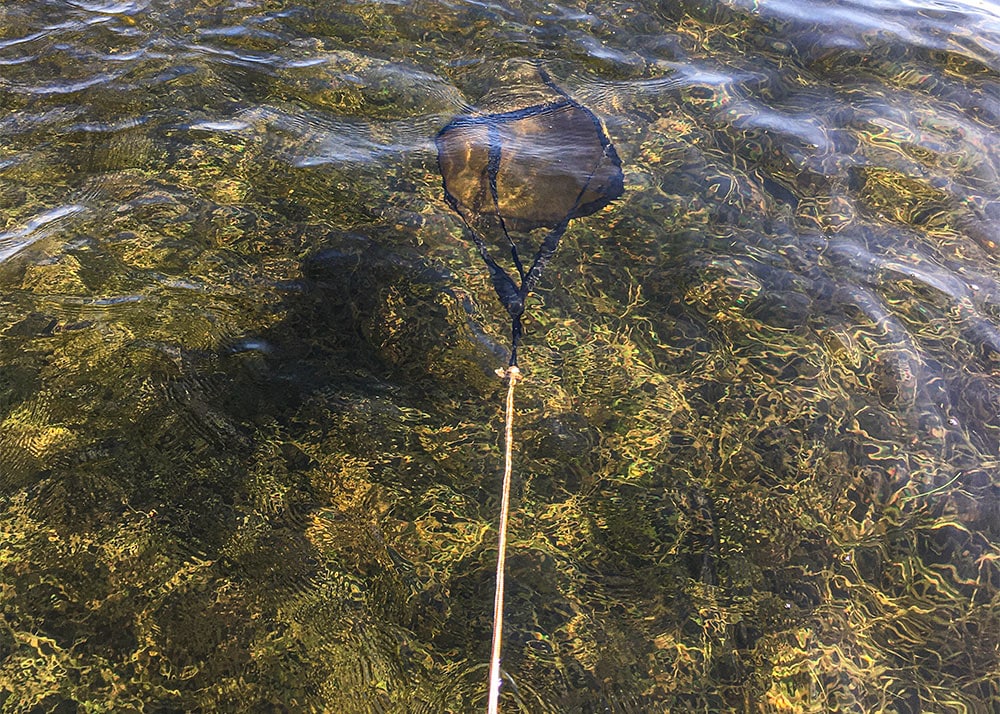
This cone-shaped piece of nylon or reinforced vinyl that keeps the boat from kiting across the water in strong winds or current. That allows baits to stay in the strike zone longer for more hook ups. A sea anchor will flatten out the ride in beam-to seas and if the engine is disabled, deploying one off the bow will keep the bow into the waves until help arrives. Here are a few key factors to consider when purchasing and using a drift sock:
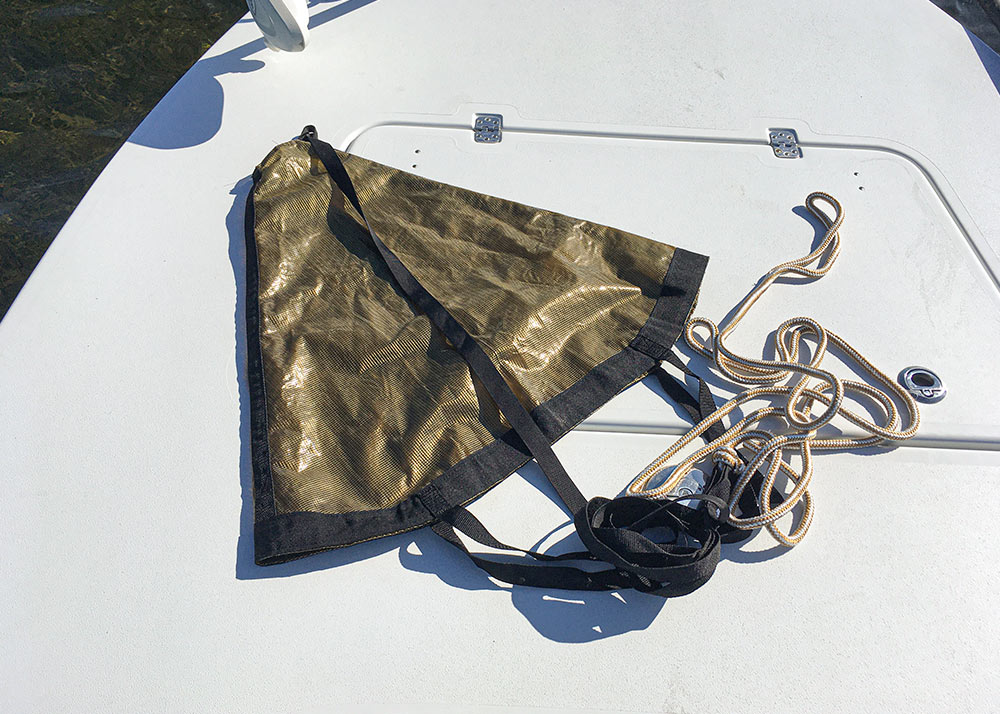
1. Bigger is better. Sea anchors are rated by boat size. The purpose of the sock is to slow the boat down, so it’s advantageous to opt for the next larger size than go too small.
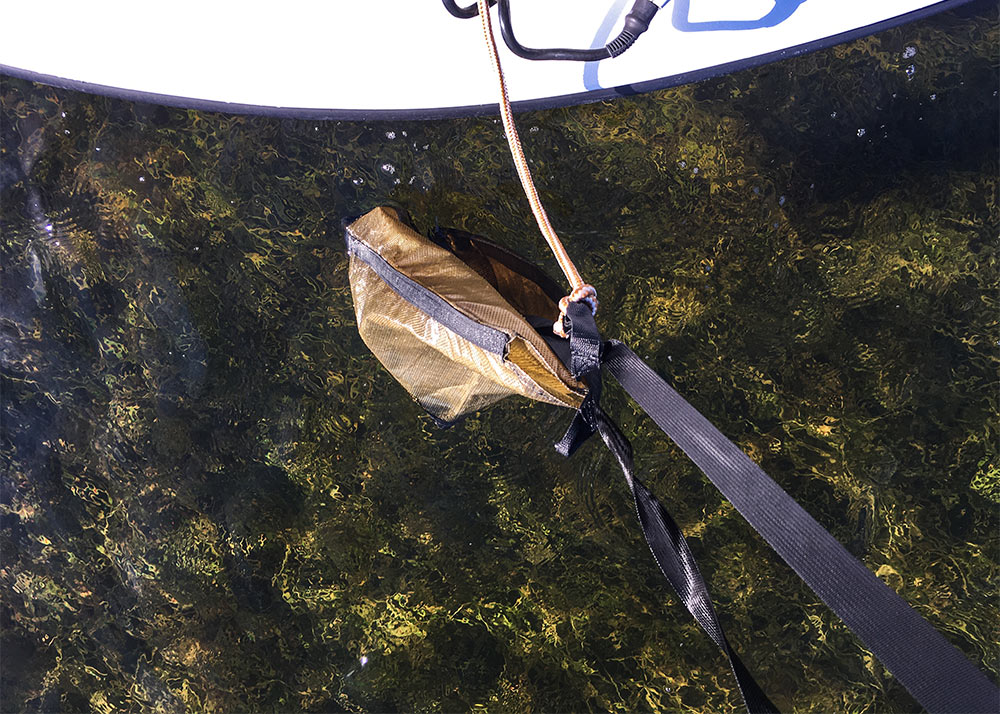
2. Most have four or more nylon straps that hold the cone open underwater. Some include an extra longer “dump” strap that attaches to the top of the cone. This allows the cone to be pulled backwards before retrieving to empty the water and reduce resistance. It also cleans the cone interior of possible unwanted guests, like jellyfish. Having the dump strap a different color than the main ones makes it easy to identify when retrieving.
3. Some sea anchors come with a clip or rotating snap swivel for attaching to the cleat. If not, an eye-spliced dock line makes a good substitute. It’s quiet and can be quickly looped over a cleat. Certain versions also have weights sewn into a portion of the seam for quicker openings.
Read Next: Controlling Your Boat’s Drift Speed
4. Adding a float to the tether keeps the sock afloat if a big fish is hooked and the sock has to be quickly released for the chase.
5. Salt can damage nylon or vinyl over time. After use, rinse the inside and outside of the material with fresh water to remove salt deposits. Rinsing the straps and anchor line prolong their life as well.







